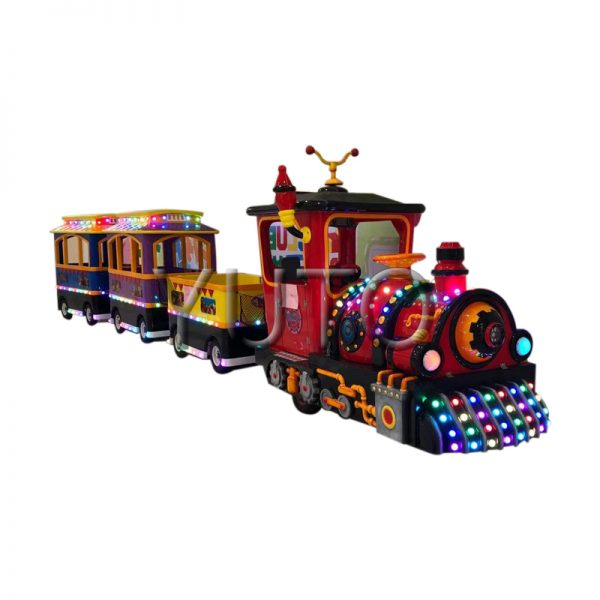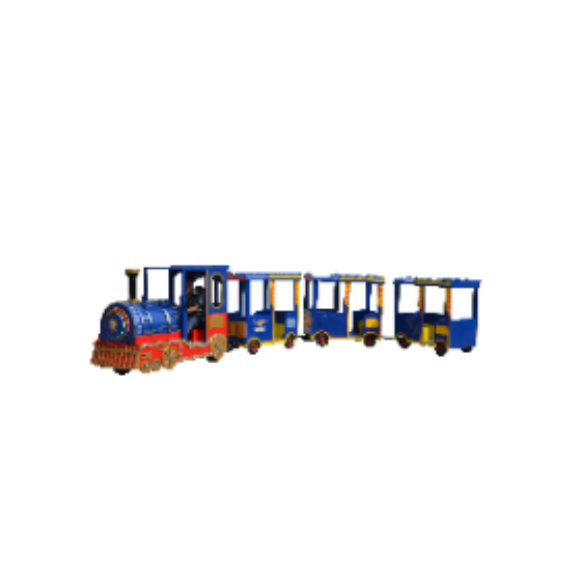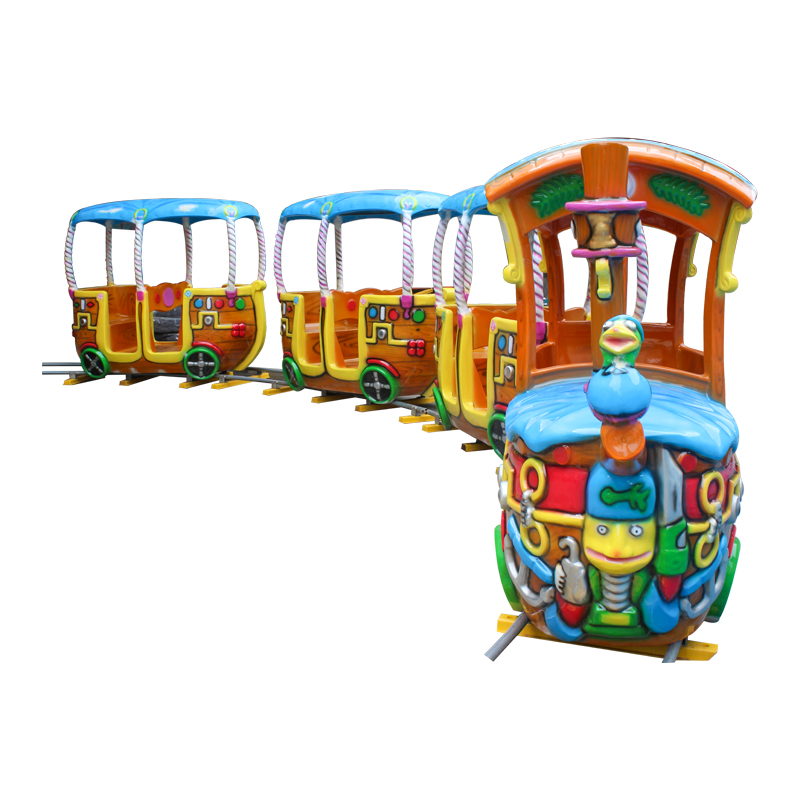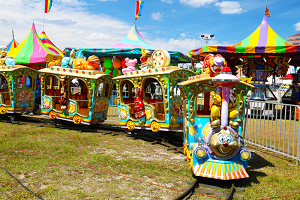Best Price Amusement Park Trains For Sale|Trainless Train Kiddie Ride For Shopping Mall Made In China
What type of amusement park train rides is there?
In order to solve the problems of small number of passengers, high operating cost and single shape of traditional sightseeing trains, the pioneers of the sightseeing train industry have developed different types of sightseeing trains. Today we will discuss the main types of sightseeing trains.
According to different classification standards, the sightseeing trains will have different classification results. Here we classify them according to the main functions of the sightseeing trains:
The connection and difference between the tracked train and the trackless train
The connection between the tracked train and the trackless train:
The difference between a tracked train and a trackless train:
What are the small train type large-scale amusement facilities? And what are their common movement characteristics?
Common large-scale amusement facilities small trains are including electric-driven small train and internal combustion engine-driven small train. Their common movement feature is that the vehicles run on the track fixed on the ground.
Electric train is a typical product of small train type large amusement facilities. The electric circuit rail provides power to the motor in the carriage through the conductive device, and the transmission device drives the head of the small train to run on the track.The connector is used to connect each carriage to drive the entire train to run.The running speed is not more than 10 km/hr,and there is a brake device. When the small train is approaching the platform, it will slow down and stop at the platform to pick up and drop off passengers under the control of the detection device.
Transmission mode: electric motor→transmission device→wheel→small train operation. The structure diagram is shown in Figure 1-15.

1—rail; 2—wheel; 3—carriage; 4—carriage connector;5—transmission device; 6—conducting device Figure 1-15 Small train
What are the characteristics of the structure and movement of the internal combustion engine-driven small train?
The internal combustion engine-driven small train is a typical product of large amusement facilities small train. Its power source is internal combustion engine,provided by diesel engine or gasoline engine, etc., equipped with synchronous generator, and then rely on traction motor and mechanical transmission to drive the train. At present, this kind of transmission is generally mostly adopted in simulation train, as this motion form can satisfy the desire to ride the real train.
The structure of the internal combustion engine-driven train is similar to that of the electric-driven train. The main difference is that the driving power is an internal combustion engine, the track is not electrified and does not require a conductive device.
Which application prospect of trackless train fuel model and battery model is better?
The trackless train is a common sightseeing vehicle, which adopts the box-type structure of the track train on the one hand.
On the other hand, the wheeled structure of the car is adopted, which makes the small train not only have the powerful operating ability of the train, but also have the good mobility of the car.
Therefore, from the perspective of the entire scenic sightseeing car market, trackless trains tend to replace traditional sightseeing cars. So as two types of trackless trains, which application prospect is better, fuel type or battery type trackless train?
There is no doubt that from the current market trend, the future application prospects of trackless trains are very broad.
As for which type of trackless train will have a better application prospect, the fuel model and the battery model will have different results.
In the following, we will make a brief analysis from two aspects: practical application and market policy:
Analysis from practical application: electric trackless trains have two drawbacks in practical application, one is high maintenance cost, and the other is low endurance.
The high maintenance cost of the electric trackless train is mainly reflected in the maintenance of the battery. For example, the battery needs to be charged for a sufficient time but cannot be charged all the time, and the battery cannot be stored for a long time when the battery is depleted.
The low battery life is mainly reflected in the need to replenish the battery in time after the electric train runs out of power, that is, the battery life is fixed and the battery life will become lower and lower as time goes on.
The above-mentioned problems will not occur with the fuel-fired trackless train. Therefore, the fuel-fired trackless train has an advantageous position in practical application.
From the perspective of market policy: From the perspective of the entire international motor vehicle market policy, many countries have plans to stop production or ban the sale of fuel vehicles, and battery-powered vehicles will gradually replace fuel-powered vehicles.
The main reason is that fuel vehicles will produce exhaust pollution, which is not in line with the current theme of “energy saving, emission reduction and green development”.
This is especially true for scenic spots. Many scenic spots have issued regulations on the management of exhaust emissions and even do not allow the use of fuel vehicles, which will inevitably restrict the development of fuel-fired trackless trains. The electric-driven trackless train has zero exhaust emissions.
Therefore, electric trackless trains have an advantage in market policies.























